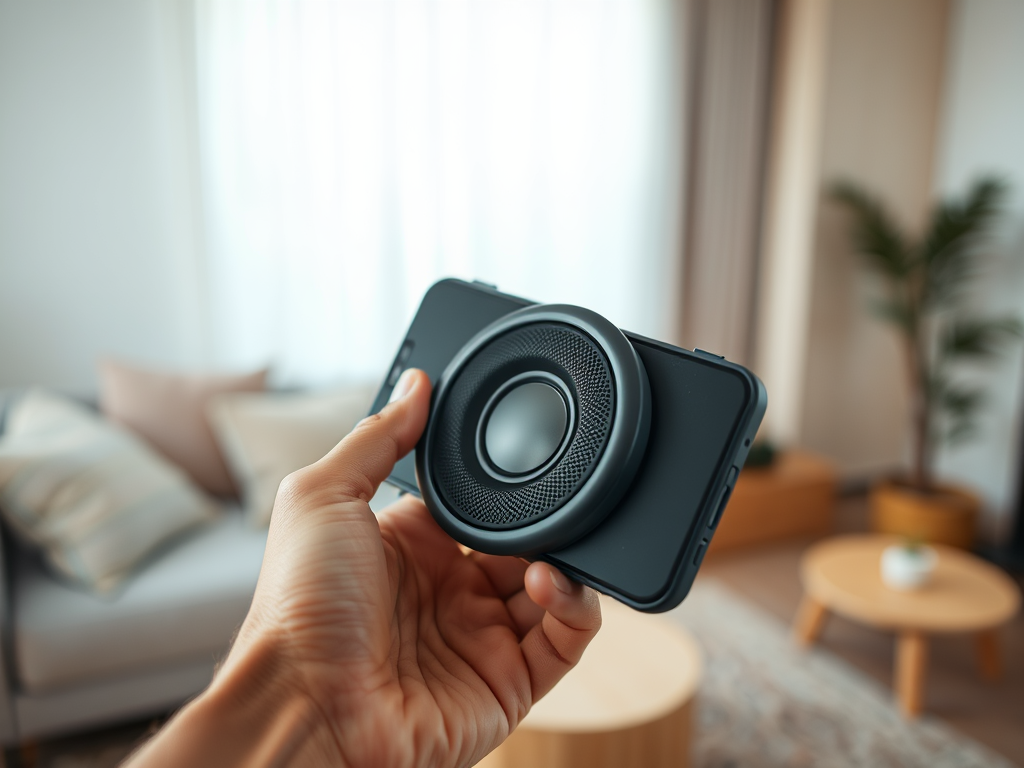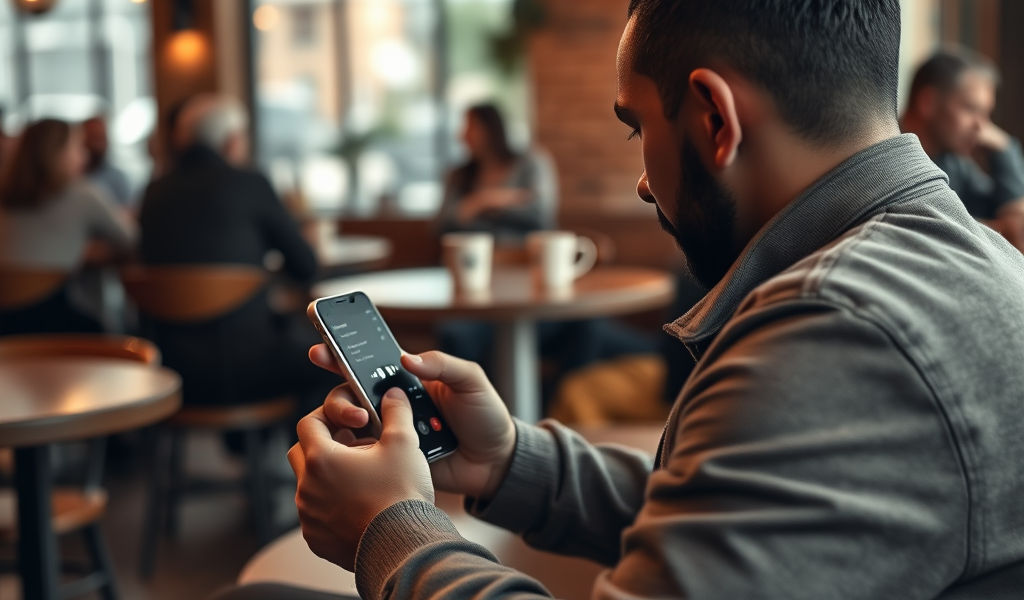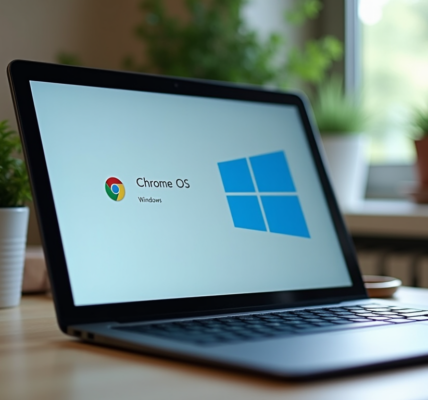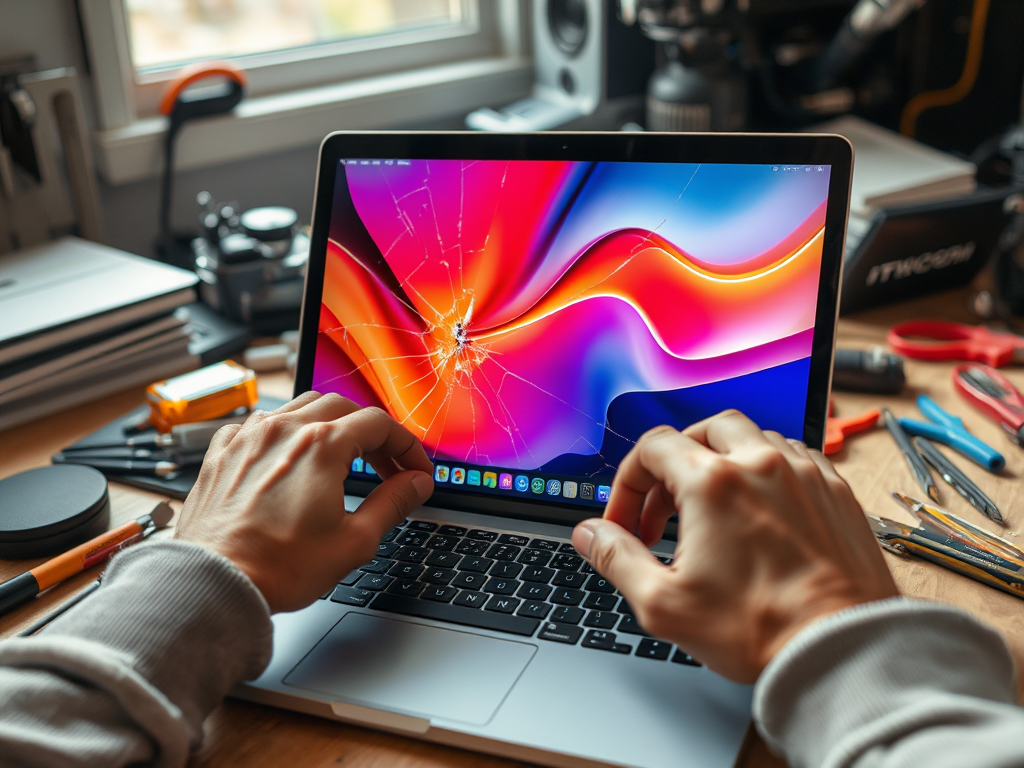In the realm of mobile devices, sound quality plays an undeniable role in the overall user experience. Whether you’re an iPhone aficionado or an Android enthusiast, speaker issues can unexpectedly disrupt your daily routines. From making calls to enjoying multimedia content, a malfunctioning speaker can become a frustrating barrier between you and your digital life. Both platforms, while popular and advanced, face their own unique speaker challenges. Understanding these issues can facilitate effective troubleshooting and inform smart decisions regarding repairs or replacements. In this article, we will explore the common speaker problems faced by both iPhone and Android users, providing insights and solutions to ensure you enjoy an uninterrupted auditory experience.
Understanding Speaker Issues on iPhones and Android Devices

At the heart of speaker functionality lies a variety of technologies designed to deliver optimal sound. Each device features distinct engineering, leading to varying user experiences in terms of audio performance. When problems arise, knowing the symptoms can significantly simplify diagnosing and fixing the issue. Commonly, iPhone users may encounter problems related to software that roots back to several updates, while Android users often face hardware inconsistencies due to the vast range of manufacturers and models. In this breakdown, we’ll delve into the prevalent speaker problems reported across both platforms, allowing you to better understand what might be happening with your device.
Common Speaker Problems in iPhones

iPhones are celebrated for their design and functionality, yet their speaker systems are not immune to common issues. Many users report experiencing
- Distorted Sound Quality
- No Sound During Calls
- Low Volume Output
Distorted sound, particularly during calls or music playback, can spring from a myriad of sources. It’s essential to rule out software glitches first, as these can often be remedied with a simple restart. If the problem persists, hardware damage might be the culprit, requiring professional assessment. On the other hand, encountering no sound during calls can often be linked to simple misconfigurations, such as muted settings or Bluetooth connections being unexpectedly active. In some instances, checking for system updates may rectify the issue as well, leading to improved performance. Lastly, users frequently complain of low volume output, often a result of debris lodged in the speaker grille or issues arising from previous software updates.
| Speaker Issue | Description | Possible Solutions |
|---|---|---|
| Distorted Sound | Audio quality becomes unclear and muddled. | Restart device, check audio settings. |
| No Sound | Users experience complete absence of sound during calls. | Check volume settings, ensure Bluetooth is off. |
| Low Volume | Audio playback is not loud enough. | Inspect for blockages, reset audio settings. |
Common Speaker Problems in Android Devices
Android devices, with their diverse range of manufacturers and models, showcase an array of potential speaker issues. These problems can often differ significantly from those seen in iPhone devices. Common complaints include
- Sound Lag
- Unresponsive Speakers
- Audio Balance Issues
Sound lag is notably troublesome, especially when it affects video playback. This issue can often stem from outdated software or overtaxed system resources. Interestingly, some Android users might experience unresponsive speakers altogether, particularly following a system update. In these scenarios, conflicts with third-party applications or recent installations can also pose problems, leading to a frustrating user experience. Lastly, audio balance issues may arise, wherein sound comes through one speaker significantly louder than the other, often due to inaccurate settings or hardware defects.
Conclusion
Both iPhone and Android devices present unique speaker challenges that can disrupt your interaction with the technology you rely on every day. Identifying these issues is crucial, whether they stem from software bugs or underlying hardware failures. Understanding the common problems inherent in each platform bolsters your ability to troubleshoot effectively. Taking the necessary steps to address these audio issues can drastically enhance your mobile experience, ensuring that your device remains a reliable companion for calls, music, and other media. Whether you choose to dive into DIY solutions or seek professional assistance, being equipped with knowledge of these common speaker problems will empower you to act decisively and effectively.
Frequently Asked Questions
- What should I do if my iPhone has distorted sound? Check for software updates and restart your phone. If issues persist, consider visiting an Apple Store or authorized repair center.
- How can I fix low volume output on my Android phone? Ensure there are no obstructions in the speaker grille and adjust the volume settings. If the problem continues, consider resetting the device.
- Why is my iPhone speaker not working during calls? Check your volume settings, make sure Bluetooth is off, and restart your device. If the issue remains, it might require technical support.
- What causes sound lag on Android devices? Sound lag may be caused by an overloaded system, outdated software, or a specific app. Closing unnecessary applications and updating the system can help.
- Is it worth repairing speaker issues on my smartphone? If your device is relatively new or expensive, it may be worth repairing. However, if the cost of repair approaches the price of a new phone, consider replacement instead.









